The future is now: Hi-tech homes go mainstream
Not long ago technology was for the mega-wealthy only, but those days are gone with savvy smart home items now available and better still, affordable too.
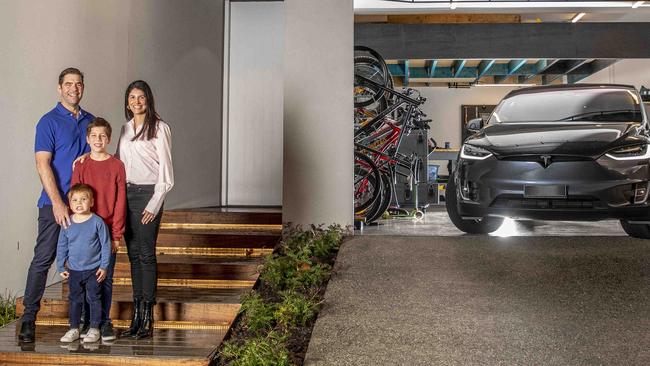
Home
Don't miss out on the headlines from Home. Followed categories will be added to My News.
A generation ago the internet was a dodgy dial-up line.
Flashback a decade and we were still watching DVDs, while just five years ago household battery storage was the stuff of sci-fi.
With each passing year a rapid pace of technological advancements were believed to make life easier, or at least more connected. The final instalment of our series At Home in 2022 is The New Technology, in which the focus has become reducing energy usage and emissions to future-proof the planet for generations to come.
Since 2020 there has been an unprecedented spike in solar panel installation, according to the 2021 Australian Digital Consumer Study by technology analyst firm Telsyte. More than a third of Australians have made hi-tech changes to their home since the start of the pandemic., says Aussie households are becoming more hi-tech every year.
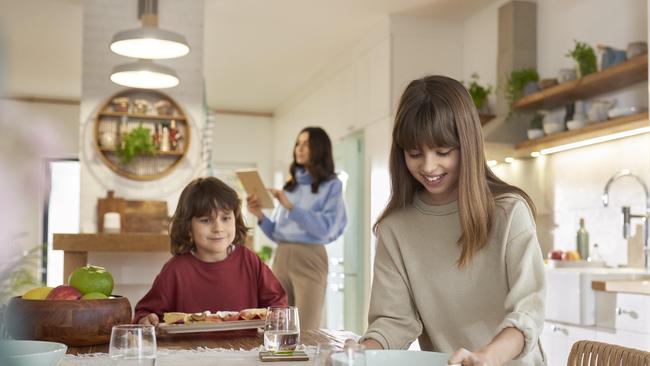
“Once reserved for the mega wealthy, new technological developments have provided Australians with true home automation that is affordable, easy to use and simple to install,” says Tim Fant, product manager at Clipsal.
Tim says we can expect 2022 to deliver a raft of new gadgets.
“As more Australians adopt electric vehicles and solar, there will be more focus on energy management and finding more intelligent ways to optimise how energy is used in the home. Increased integration will also see most of the home connecting together and operating in a smart and seamless way to suit individual lifestyles. Collectively, we are taking small steps in the direction of home automation. Smart speakers in particular are driving adoption with 30 per cent of Australians owning a Google Nest, Amazon Alexa or similar product, and accounting for a 53 per cent increase year on year,” he explains.
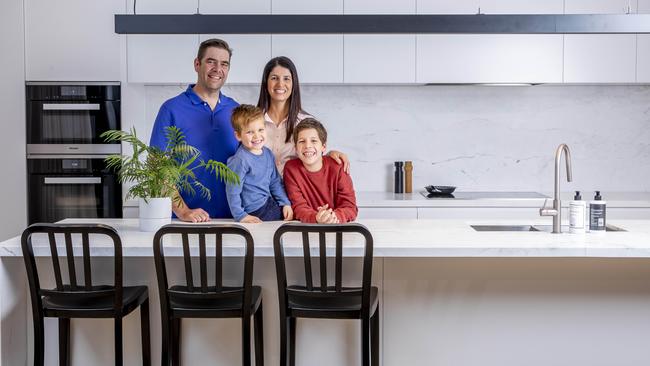
Technology with greater purpose suits our culture and our extreme climate down under too.
“Smart technology provides homeowners with the capability to effortlessly keep their home at a steady temperature thanks to smart blinds and airconditioning control. Homeowners can now schedule their airconditioning or ceiling fans to automatically turn on to combat the outside elements, where automated blinds can be set to rise and lower with the sun to either block or let in the heat of the day,” he says. Tim adds smart home technology is now more than just smart speakers that can read a recipe or play music. It encapsulates whole-of-home automation, allowing homeowners to control all electrical appliances through an action, spoken word or a few taps on a screen.
“Essentially, home automation anticipates owners’ needs and gives them more effortless control of their home, so they can enjoy the things they like with the people they love.”
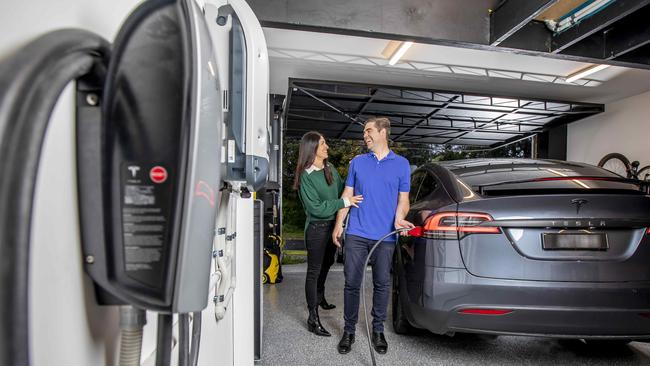
HOME TECH FACTS AND FIGURES
The number of internet-connected devices in Australian homes grew from less than 35 million in 2010 to a staggering 193 million in 2020.
The fastest growing categories have been video doorbells and locks, smart outlets, garden devices and cameras.
There are now more than three million solar power systems on Australian rooftops after a record number of 378,451 installations were made in 2020.
While 85 per cent of Australians think home storage batteries will be as common as televisions, 76 per cent believe they are too expensive to install today. Small-scale solar installations were responsible for 23.5 per cent of Australia’s clean energy generation and produced 6.5 per cent of the country’s total electricity last year.
Forty-five per cent of Australians would consider buying an electric vehicle if buying a new car and 31 per cent believe their children would learn to drive in one within the next 10 years.
Seventy-two per cent of Aussies say the initial cost of an electric vehicle was preventing them from buying one.
* Origin’s 2021 Future Energy Report, Telsyte Australian Digital Consumer Study 2021
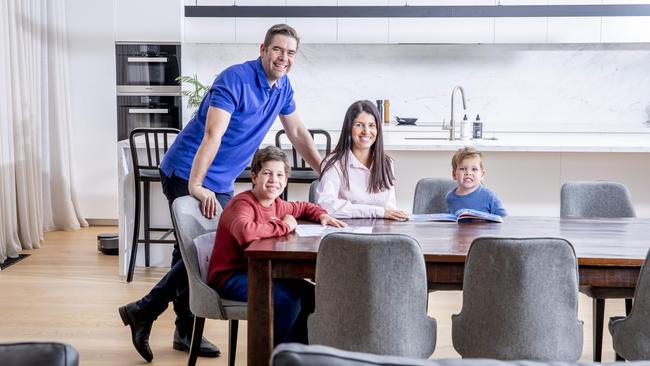
THE FAMILY EMBRACING HOME TECHNOLOGY
The silver lining of Clinton and Rosie Waters’ lockdown this year was the fact they had plugged in to solar power, with a Tesla Powerwall battery storage, in March. Despite the family of four spending so much time at home throughout 2021, their monthly energy bill averages just $50.
“It’s actually been a welcome distraction. I’ve been able to monitor how the house works and really get it set up the way that works best for us. I’ve become a lot more conscious of our consumption now compared with
when we were connected to the grid,” Clinton says.
“Even our five-year-old is 100 per cent aware that when it’s not sunny, we won’t have as much power. Our 10-year-old shows his friends we’ve got a battery on the wall. They think it’s really cool.
“And with the app they can monitor the usage with us which is important.”
As their first summer with a home battery begins, Clinton says the move is already paying off.

“We run the pool filter without worrying how much it’s consuming now. And when we turn on the airconditioner we’re not cringing about the cost. It just means we can relax, the house it pretty much running itself,” he says, adding that on reasonably sunny days when they’re not charging their electric car, the house is 100 per cent self-sufficient.
While he says there are no regrets with his household setup, he has some advice for anyone about to make the switch.
“If you’re building a new home, then you’d be crazy not to go for a battery. It’s not just a trendy or environmentally conscious thing to do anymore, it’s about being more self-reliant,” he says.
“Costs are coming down and there are some good rebates, so we should all be considering it.
“If you’re building your solar system today, I’d say put in a bigger production unit than you think you’ll need because that sets you up for the future.
“If you can justify it, and can afford it, then go big,” he says.
Gear to Try
Let tradies, guests or keyless kids gain access via a unique code.
Igloohome Keybox 3 Smart Bluetooth Key Safe, $299. secureyourworld.com.au
Pop one of these babies into the wall and control your appliances via an app from anywhere.
Smart Wi-Fi White Double Power Point Socket, $99. auselectronicsdirect.com.au
Get your drink to the perfect temperature and keep it that way all via your smart phone. Ember Temperature Control Smart Mug 2, $423.73. amazon.com.au
Screw it in, walk away and then
control it from your smart phone. Genius.
Samsung SmartThings Smart Bulb, $24. thegoodguys.com.au
More Coverage
Originally published as The future is now: Hi-tech homes go mainstream




